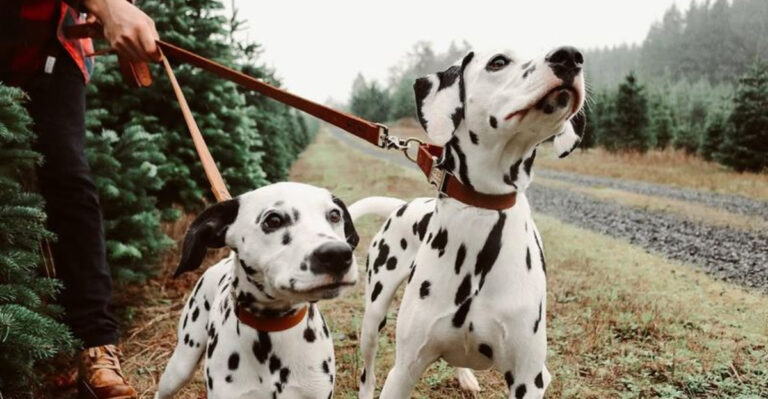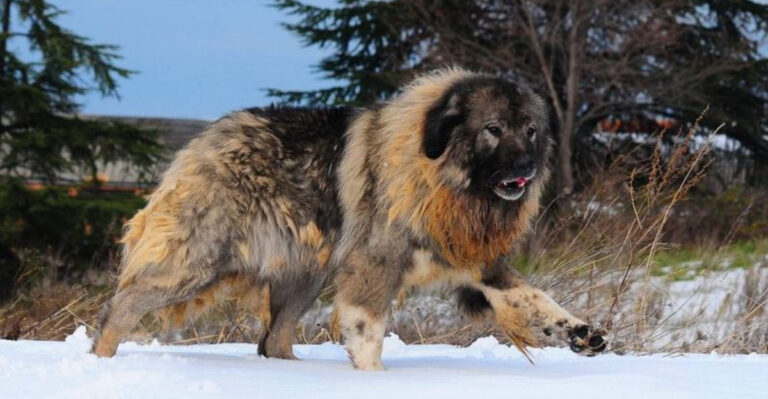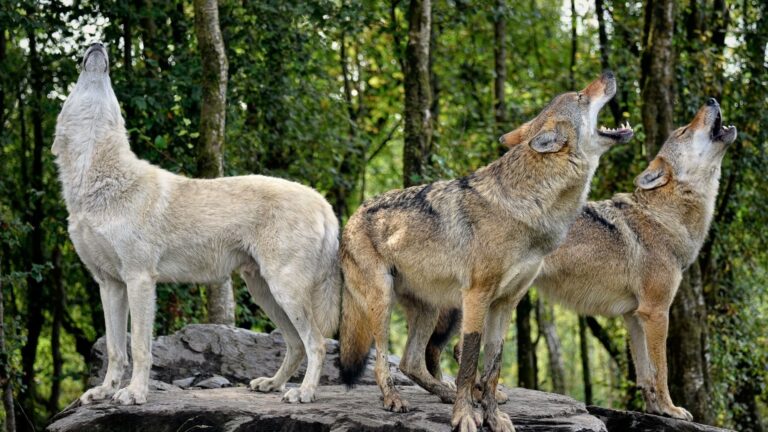12 Incredible Traits That Make Wolves Nature’s Ultimate Predators
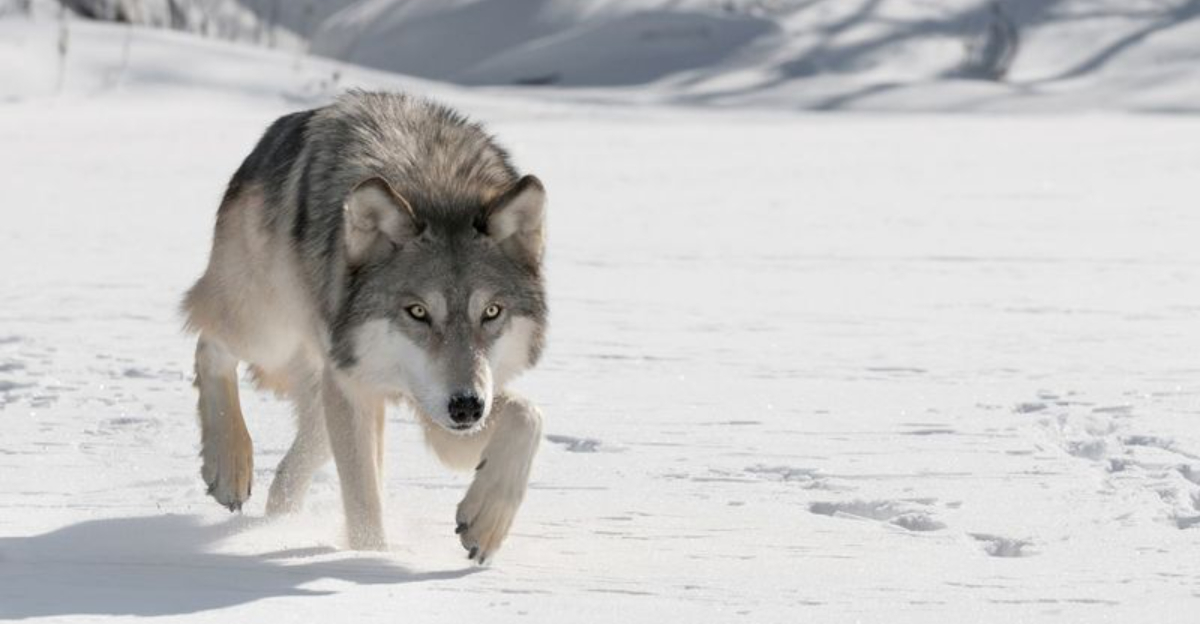
Wolves are renowned for their prowess as predators in the wild. With a combination of physical attributes, mental acuity, and social strategies, they are equipped to thrive in various environments.
Today, we’ll explore remarkable traits that underscore their dominance in nature. Each trait is a testament to their evolutionary success, making them fascinating creatures to study and admire.
1. Keen Sense Of Smell
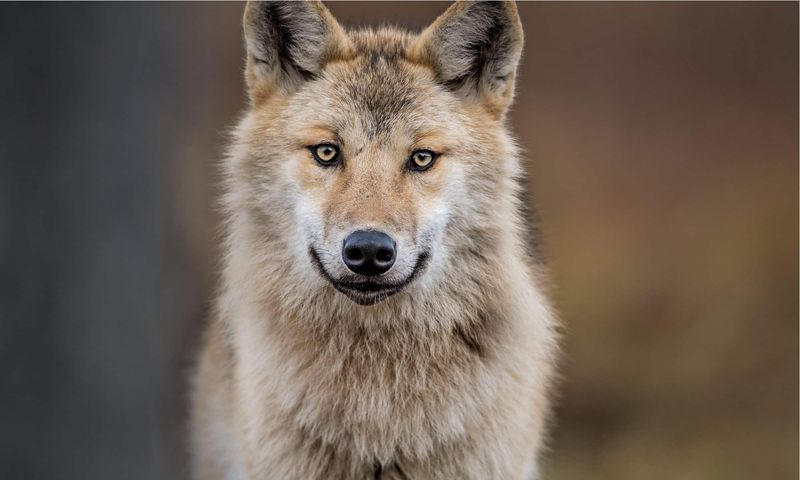
Wolves possess an extraordinary sense of smell, which can detect prey from miles away. This powerful olfactory ability is crucial for tracking animals over vast distances.
Often, a pack will follow the scent trail for hours, exhibiting immense patience and teamwork. Within the pack, communication through scent is vital.
They mark territories with scent markings, warning rivals to stay away. This non-verbal communication helps maintain social order and territorial boundaries.
2. Exceptional Stamina
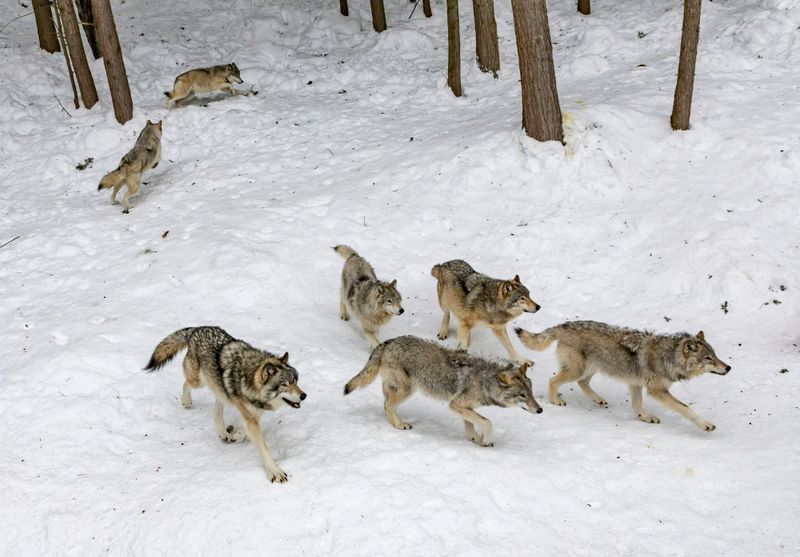
Wolves are remarkable for their endurance, capable of traveling upwards of 60 miles in a single day. This stamina allows them to cover large territories in search of food.
During hunts, they can maintain a steady pace for hours. This endurance is complemented by their efficient energy use.
Wolves can run for extended periods without exhaustion, a trait honed by evolution. Their muscular build and lean body help them conserve energy, essential for survival in the wild. Their stamina is a key factor in their hunting success.
3. Sharp Intelligence
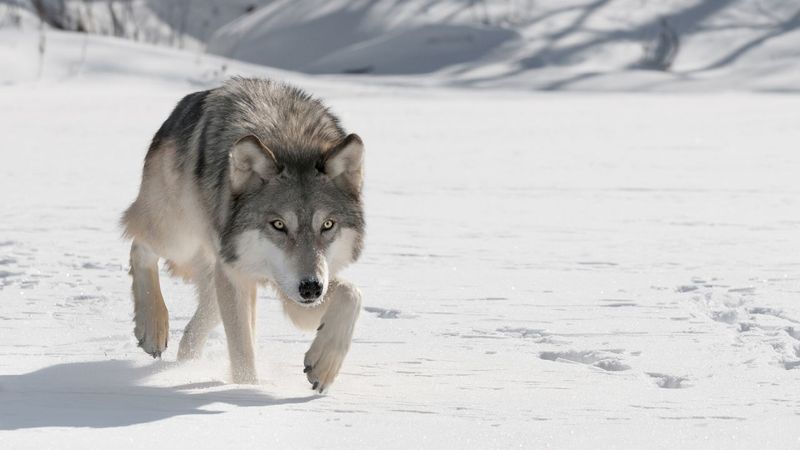
Wolves are known for their intelligence, which is evident in their complex social structures and hunting strategies. They can adapt to changing conditions and learn from experiences.
Problem-solving is a regular part of their lives. In hunting, wolves use strategic planning, often splitting up to encircle prey.
Their intelligence fosters strong social bonds, essential for pack survival. Within the pack, roles are defined, and leadership is respected. This cognitive ability aids in overcoming challenges, ensuring the pack’s continuity and success in the wild.
4. Powerful Jaws
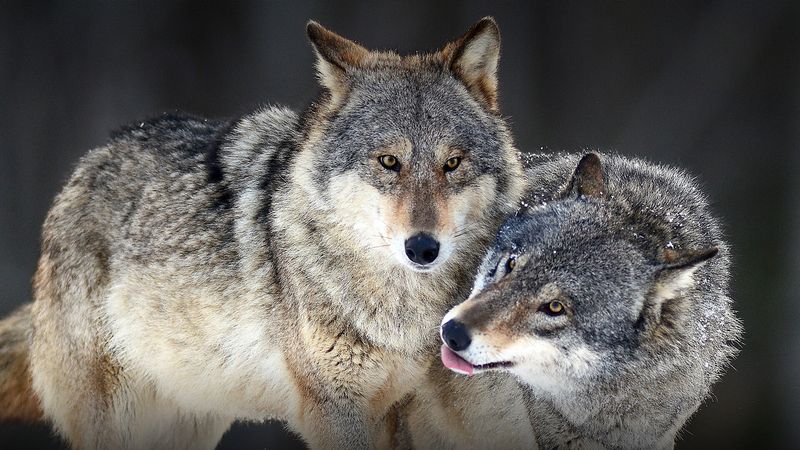
The wolf’s jaw is a formidable weapon, capable of exerting a force of 1,500 pounds per square inch. This allows them to crush bones easily, reaching the nutritious marrow inside.
Their teeth are adapted for gripping and tearing flesh. This formidable bite is essential for subduing prey and ensures efficient feeding.
The jaw strength is matched by a precise bite, minimizing the struggle. Wolves rely heavily on this trait during hunts, where a quick kill is crucial. Their jaw’s power and precision make them adept predators.
5. Complex Social Structure
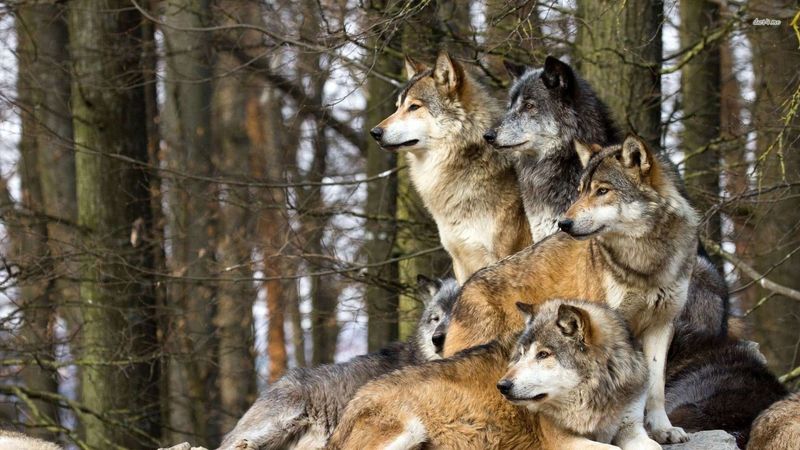
Wolf packs are organized and hierarchical, with a clear leader, typically the alpha. This social structure ensures order and efficiency during hunts and daily activities.
Each wolf has a role, from hunting to caring for pups. Social bonds are strong, reinforced by shared responsibilities. Communication is vital, using vocalizations and body language. This system allows wolves to coordinate effectively, enhancing their survival odds.
The pack structure reflects a balance of power and cooperation. It’s a dynamic society where each member contributes to the pack’s success.
6. Impressive Speed And Agility
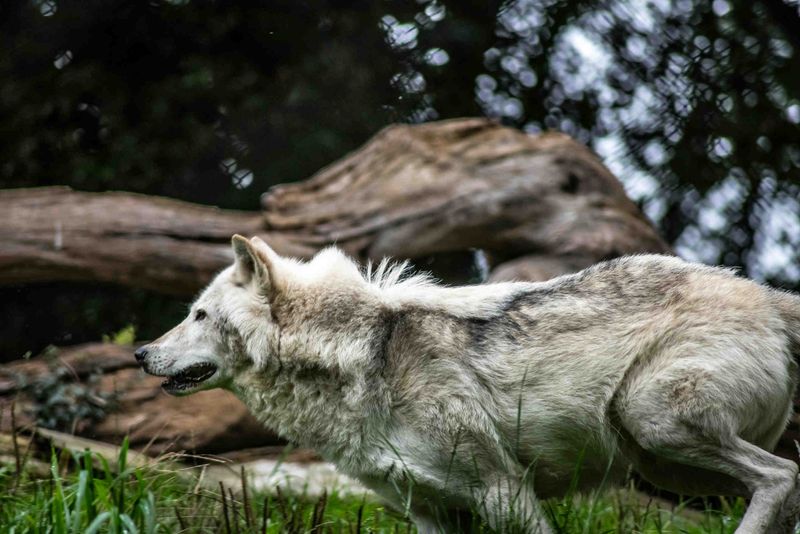
Wolves are agile and swift, capable of reaching speeds up to 40 miles per hour. This speed is vital during hunts, enabling them to chase down fast-moving prey.
Their agility allows them to navigate rugged terrain effortlessly, a necessity in diverse environments. Quick directional changes during a chase are common, making them formidable predators.
Their body is built for speed, with long legs and a streamlined physique. This combination of speed and agility helps them close in on prey rapidly, often leading to successful hunts.
7. Adaptability To Various Environments
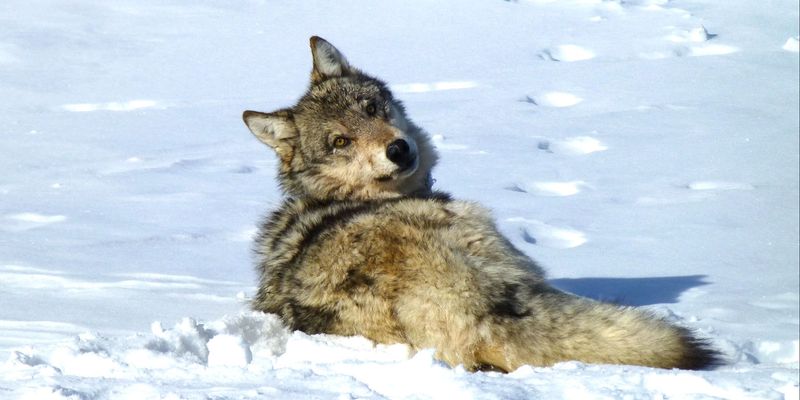
Wolves are highly adaptable, thriving in diverse habitats, from arctic tundras to arid deserts. Their ability to adjust to different environments is key to their survival.
This adaptability is reflected in their varied diet, which can include anything from large ungulates to small rodents. Their coats change with the seasons, providing camouflage and protection against the elements.
Behavioral flexibility is another aspect of their adaptability. Wolves adjust hunting strategies and social structures based on environmental conditions, ensuring their persistence across regions.
8. Cooperative Hunting Techniques
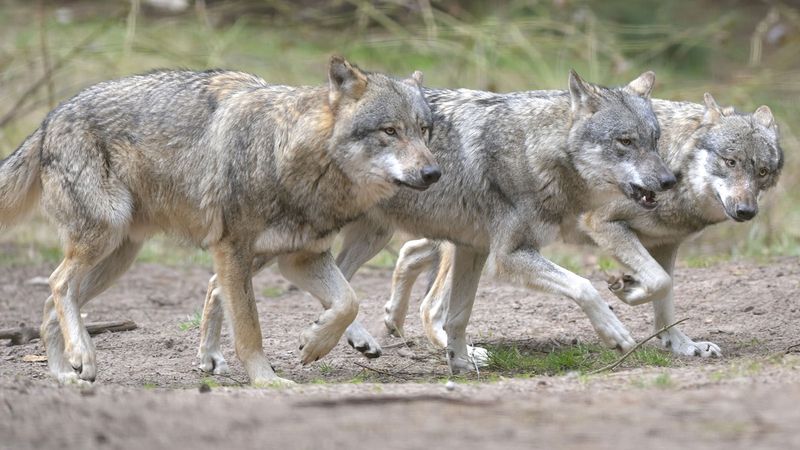
Wolves are known for their cooperative hunting techniques, which involve strategic planning and execution. A pack’s success lies in their ability to work together, using their numbers to outmaneuver prey.
They communicate through vocalizations and body language, coordinating movements with precision. During a hunt, roles are defined, with some wolves driving prey towards others. This teamwork maximizes their efficiency and success rate.
The cooperative nature of wolf hunts is a testament to their social intelligence and ability to adapt strategies to different scenarios.
9. Excellent Hearing
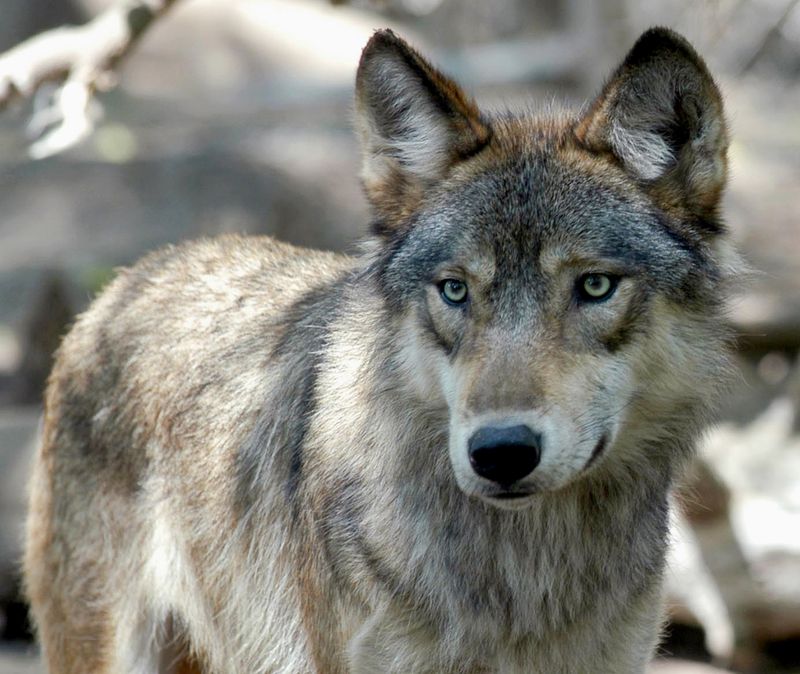
A wolf’s hearing is acute, allowing them to detect sounds from several miles away. This ability is crucial for locating prey and communicating with pack members over long distances.
Wolves rely on this sense to detect subtle changes in their environment. Their ears are highly mobile, aiding in pinpointing the direction of sounds. T
his skill is particularly useful during hunts, where understanding prey movements is vital. Communication within the pack is enhanced by their sharp hearing, ensuring coordination and safety in the wild.
10. Strong Family Bonds
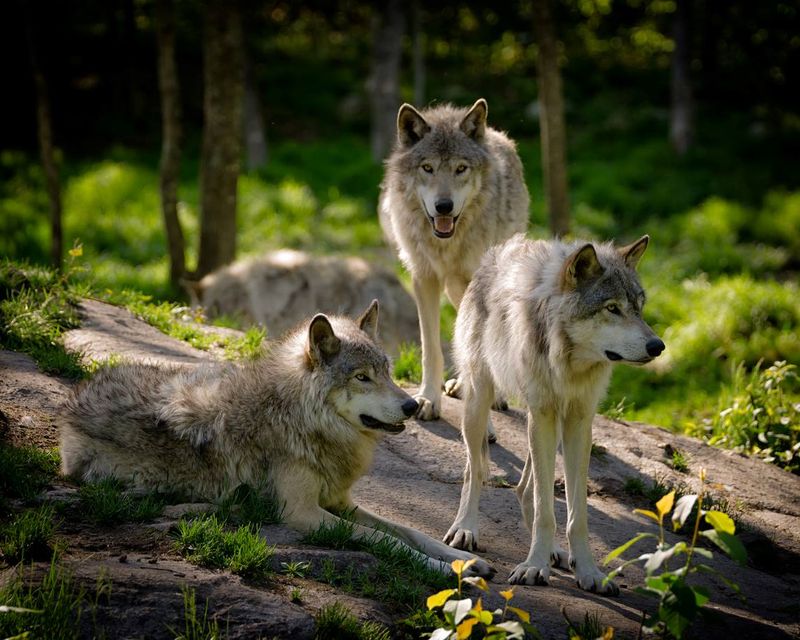
Wolves form tight-knit family units, with bonds that are crucial for survival. The pack is often made up of family members, ensuring cooperation and trust.
This structure provides stability and care for the young. Pups are raised by the entire pack, fostering strong social bonds. These bonds are reinforced through play, grooming, and shared responsibilities.
The pack’s cohesion is vital during hunts and territorial defense. Wolves’ strong family ties ensure that each member is supported, enhancing the pack’s overall resilience and success.
11. Territorial Instincts
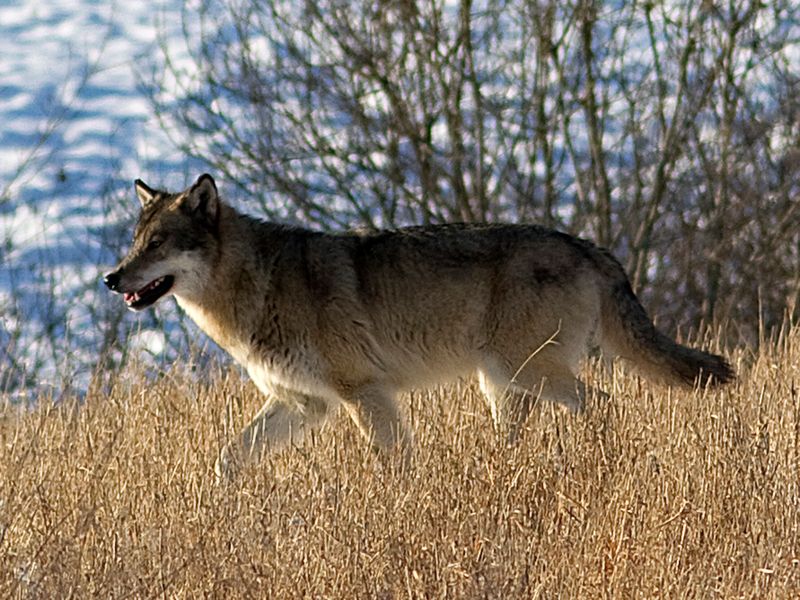
Wolves are highly territorial, fiercely defending their range from intruders. This instinct ensures access to resources and space for their pack. Territorial boundaries are marked with scent and vocalizations, such as howling.
These markers serve as warnings to rival packs. The defense of territory is a collective effort, with the entire pack participating.
This instinct is essential for maintaining stability and reducing competition. A strong sense of territory enables wolves to establish long-term habitats, supporting their survival and reproductive success.
12. Resilience In Harsh Conditions
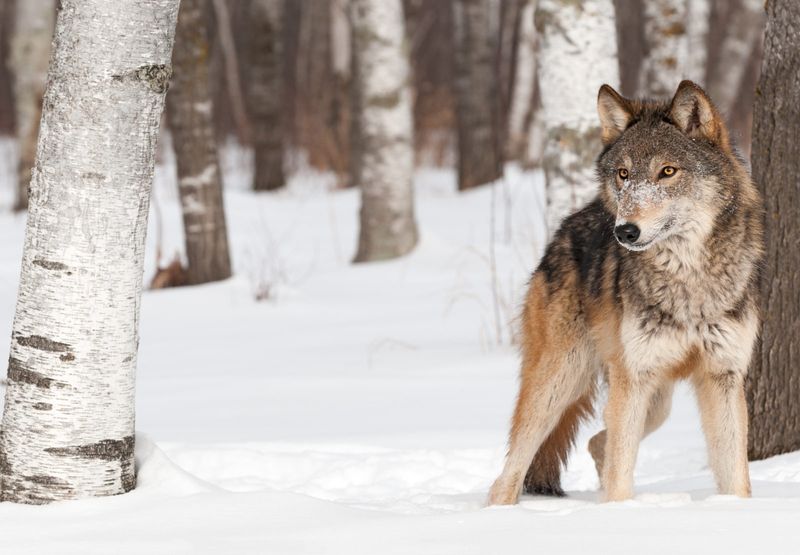
Wolves are resilient creatures, capable of surviving in extremely harsh conditions. Their thick fur provides insulation against cold temperatures, while their body is adapted to conserve heat.
In adversity, they remain resourceful, finding food and shelter. Their resilience is not just physical but also behavioral.
Wolves learn and adapt to overcome challenges, whether it’s evading predators or enduring scarcity. This resilience ensures their survival in ever-changing landscapes.

